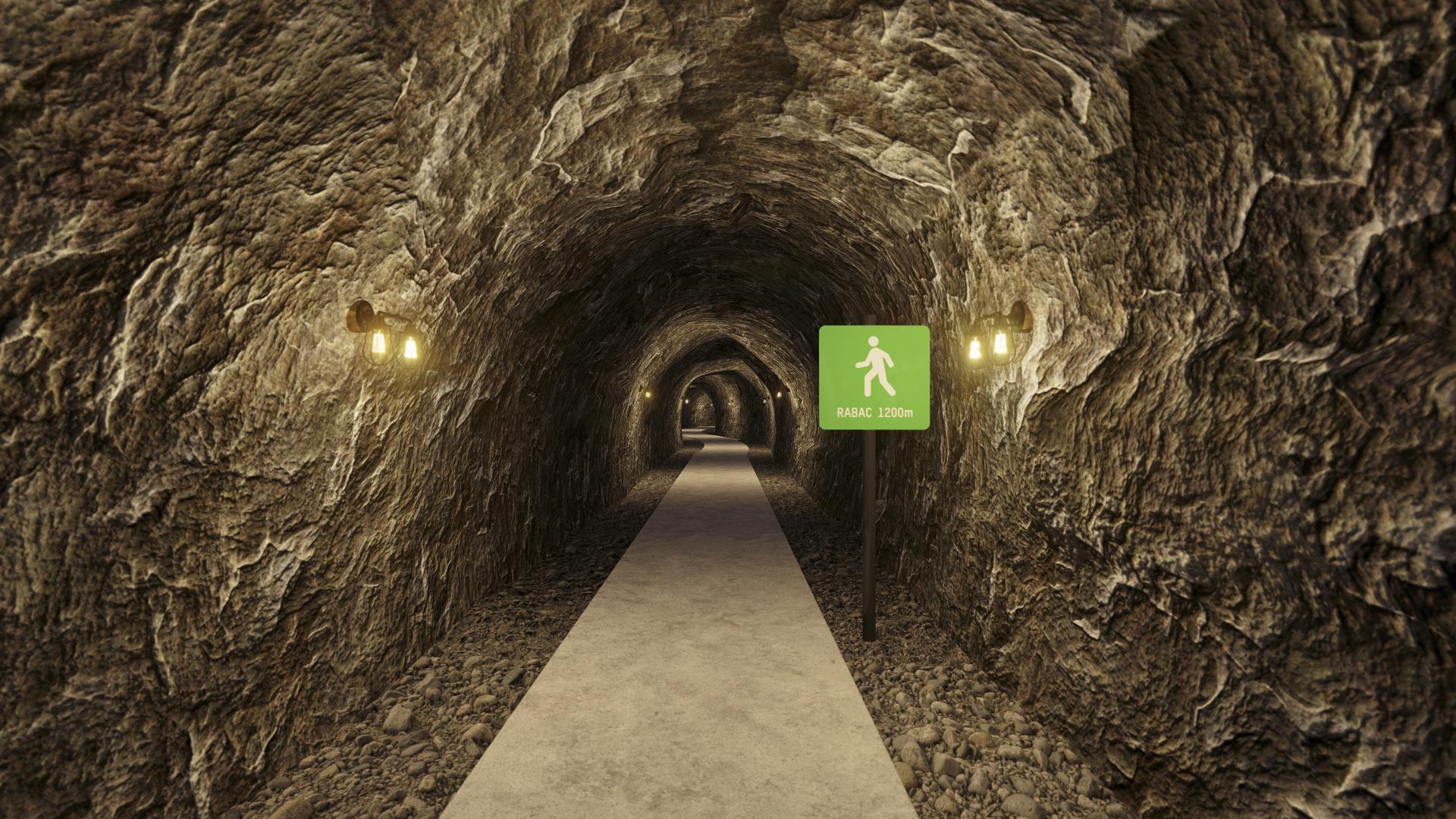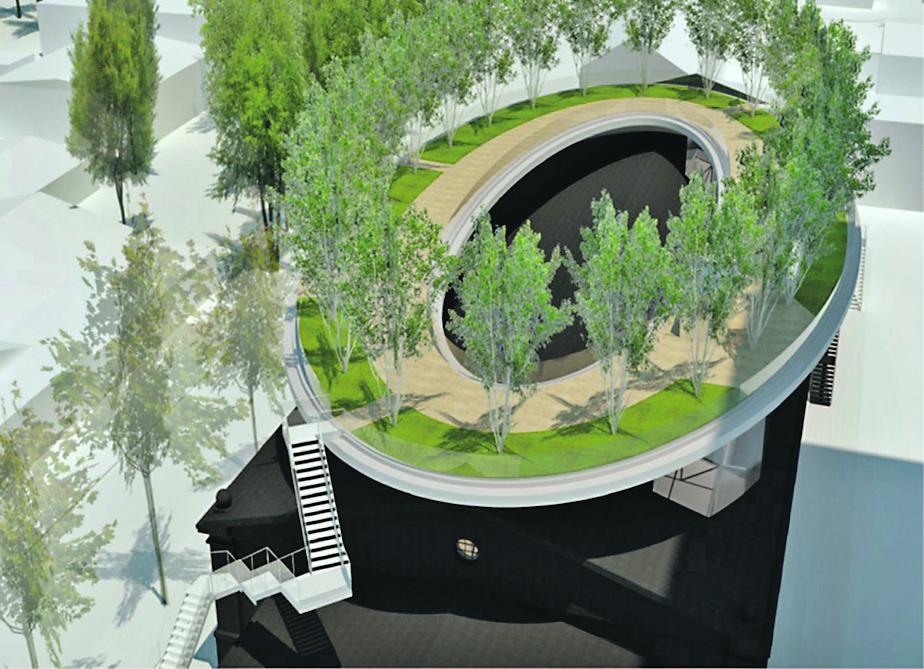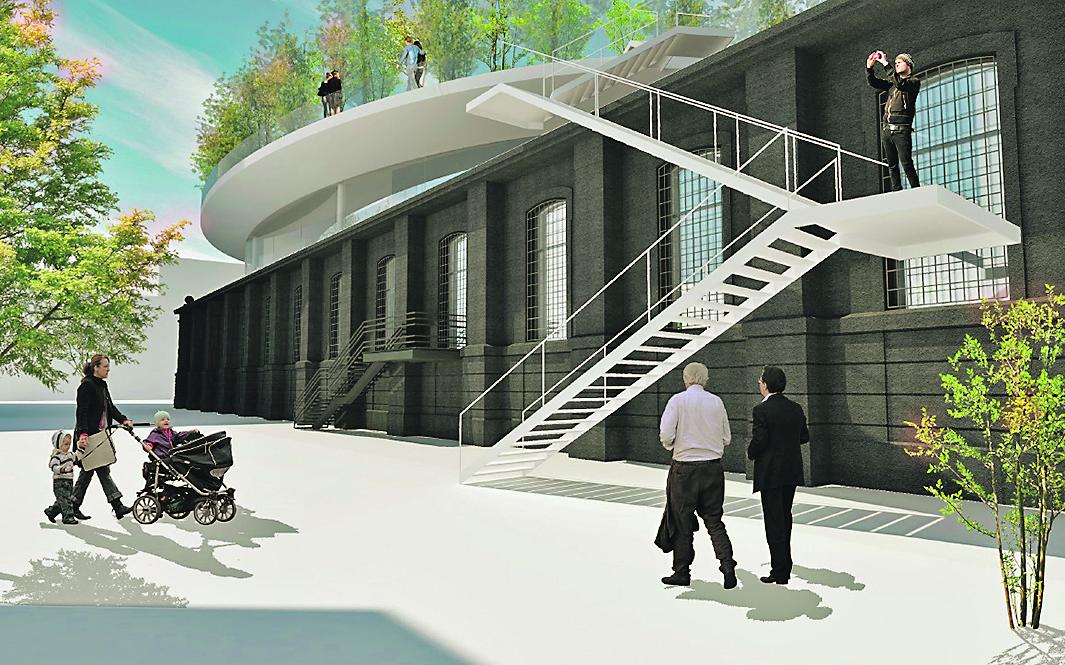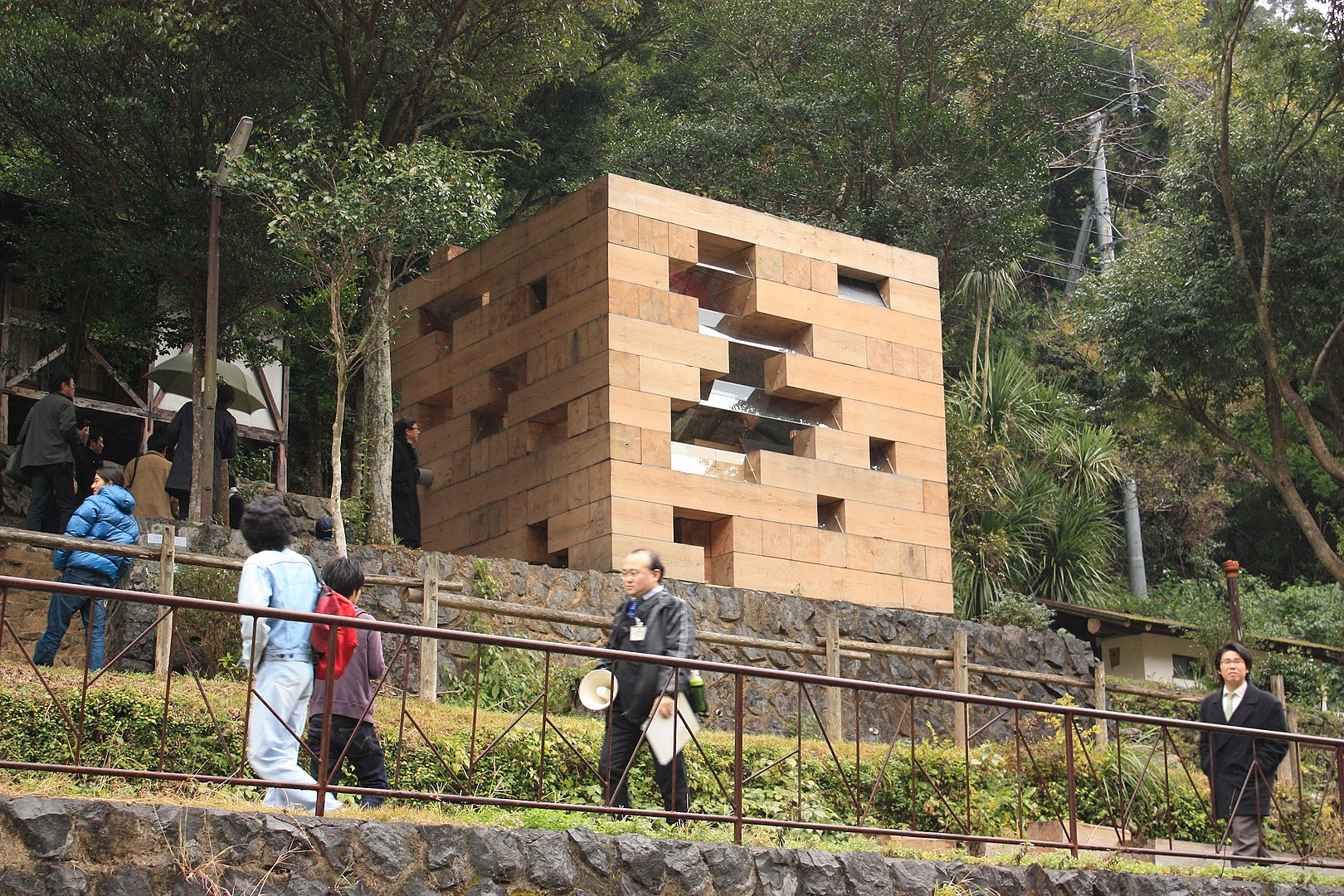Zagreb Gallery Hosting Exhibition on Yugoslav Monument Art
ZAGREB, 27 Aug 2021 - A travelling exhibition on Yugoslav monument art opened at Zagreb's Miroslav Kraljević Gallery on Thursday.
Entitled "Architecture. Sculpture. Memory. The art of monuments of Yugoslavia 1945–1991", the exhibition, featuring photos of 33 monuments or memorial complexes from the former Yugoslavia, premiered at the Dessa Gallery in Ljubljana, Slovenia, in 2020.
"In the architecture and art of ex-Yugoslavia, the monuments to the victims of the People's Liberation War stand out," the Miroslav Kraljević Gallery said.
The authors of those monuments were renowned Yugoslav architects, urbanists and sculptors such as Bogdan Bogdanović, Edvard Ravnikar, Vojin Bakić, Dušan Džamonja and Zdenko Kolacio.
Instead of the regime's symbolism, their creations combined the present, the past, mystique, geometry, archetypal symbols and new materials, architecture and spatial poetics, the historical aura of locations and new forms of communication with viewers, the gallery said.
"From the perspective of monument art after World War II, Yugoslav monuments are among the most impressive accomplishments."
Before Zagreb, the exhibition was staged in the Istrian town of Novigrad.
The exhibition was conceived and organised by Boštjan Bugarič, Kristina Dešman, Maja Ivanič, Špela Kuhar, Eva Mavsar, Špela Nardoni Kovač and Damjana Zaviršek Hudnik.
The Zagreb exhibition is open until 17 September, after which it moves to Sarajevo, Bosnia and Herzegovina.
For more on lifestyle, CLICK HERE.
Epic Imagination! How Converted Mines Below Labin Istria Will Look
December 13, 2020 – An incredible reimagining of the mines that run deep below the centre of Labin Istria – the two-kilometre long complex will be accessed spectacularly via a see-through elevator
French writer Jules Verne liked to venture deep. The second most-translated author ever to have lived (between number one, Agatha Christie and number three, William Shakespeare – both British), his stories were quite often regarded as fantasy tales for children, owing to the poor, early transference of his French text into English. When read in his native tongue, he fantastical imagination, perhaps the roots of all science fiction, are better expressed. This is plainly evidenced in two of his most famous books, 20, 000 Leagues Under The Sea and Journey To The Centre Of The Earth.
Jules Verne's inspiration can be found in physical form on the streets of Zagreb, where the 20, 000 Milja bar entertains with its submarine-themed décor. Though without any formal attribution, the project about to be undertaken by the town of Labin Istria could just as well be inspired by his other bestseller. Because, just as Jules Verne's journey to the centre of the earth was like no fantasy previously expressed, a limitless imagination seems to have gone into how the mines below Labin Istria will look once converted.
Newly revealed images display a visitor's space like nowhere else in Croatia. Though not quite at the centre of the earth, the new attraction lies some 166 metres below ground. The thrilling experience of a visit is set to begin before you even reach its entrance – access will be gained by a see-through elevator (lift).
The attraction is set to be divided into five modules – entrance and information area, an art gallery for exhibitions and multimedia installations, an escape room entertainment area, an education zone with 360° projections, a gastro module, centring a wine cellar ( featuring local wines from Istria, which are among the most-prized of those produced in Europe – the mine conditions being perfect for their storage) and a gift shop where souvenirs from local producers, arts & craftsmen will be available.
The sprawling complex is set to extend some two kilometres into the former mines of Labin Istria. That's no short walk! But, part of the route is being designed as a train ride, although the last section must be done on foot, due to the specific conditions of the tunnel.
The town of Labin Istria was once the centre of mining endeavours in Croatia. At the height of its operations, some four mines operated in Labin Istria. In early 1921, the town was the scene of a miners' strike which quickly grew into an anti-fascist rebellion, a movement essential to securing Croatia's future independent state. It was the first of its kind and resulted in the declaration of the short-lived Labin Republic (also known as the Albona Republic). This particular mine, located in downtown Labin, was the last to close and did so in 1989. 2021 is the 100th anniversary of the Labin Republic, an anti-fascist struggle for which the town is extremely proud. It is hoped that works on the mine conversion will begin then.
All images © Level 52 / 3DX Studio / City of Labin
Zagreb Lauba's Revolutionary Redesign by World-Famous Japanese Architect
ZAGREB December 13, 2020 – .One of Croatia's best-loved gallery and event spaces will undergo a revolutionary new facelift at the hands of a world-famous architect. Zagreb Lauba's new look comes at the hands of internationally acclaimed Sou Fujimoto. A serial award winner, the architect's prominent works are found all over the world.
Newly-released images of how Zagreb's Lauba will look show an incredibly imaginative redesign. Echoing the avenue of trees that runs by the side of the gallery and event space, Sou Fujimoto has planned an oval-shaped garden roof space for the building in which trees will also be planted. The inspiration for the design came from Zagreb Lauba's name – it is a colloquial word used to describe a certain circular area of trees, the architect being informed of this by gallery owner Tomislav Klitschko. © Sou Fujimoto Architects / Lauba
© Sou Fujimoto Architects / Lauba
According to Jutarnji List's coverage of the redesign, by journalist Patricia Kish, the new roof garden space will be accessed by stairs and lift. Zagreb Lauba's design as it stands today was originally made by Alenka Gačić-Pojatina, who will collaborate on the new additions by Sou Fujimoto.
Zagreb Lauba's story dates back to 1910 when it was constructed by Emil Eisner and Adolf Ehrlich for use as a stables and riding school for the Austro-Hungarian army. It later became the weaving mill of the Textile Combine Zagreb, which it remained until being converted to a gallery and event space in 2008. © Sou Fujimoto Architects / Lauba
© Sou Fujimoto Architects / Lauba
Sou Fujimoto is one of the most celebrated architects of Japan. He has won several prestigious awards for his work and the acclaim has made his designs much in-demand around the world. Often working with wood and natural materials, his designs can be found in London, Paris, Budapest and soon, at Zagreb Lauba's hands, in Croatia.
Lauba is a contemporary art gallery and its mission is to discover artistic expression by Croatian visual artists, and also participate in international cultural trends. Set in a huge black building near Črnomerec its exhibitions usually change around every month. In recent times it has also played host to large-scale electronic music events. One of Sou Fujimoto's previous designs © Kenta Mabuchi
One of Sou Fujimoto's previous designs © Kenta Mabuchi
Woman Steals Artwork from Gallery in Zagreb, Gets Job Offer in Return
"One thing is certain: art can get you on the wrong side on the law."


